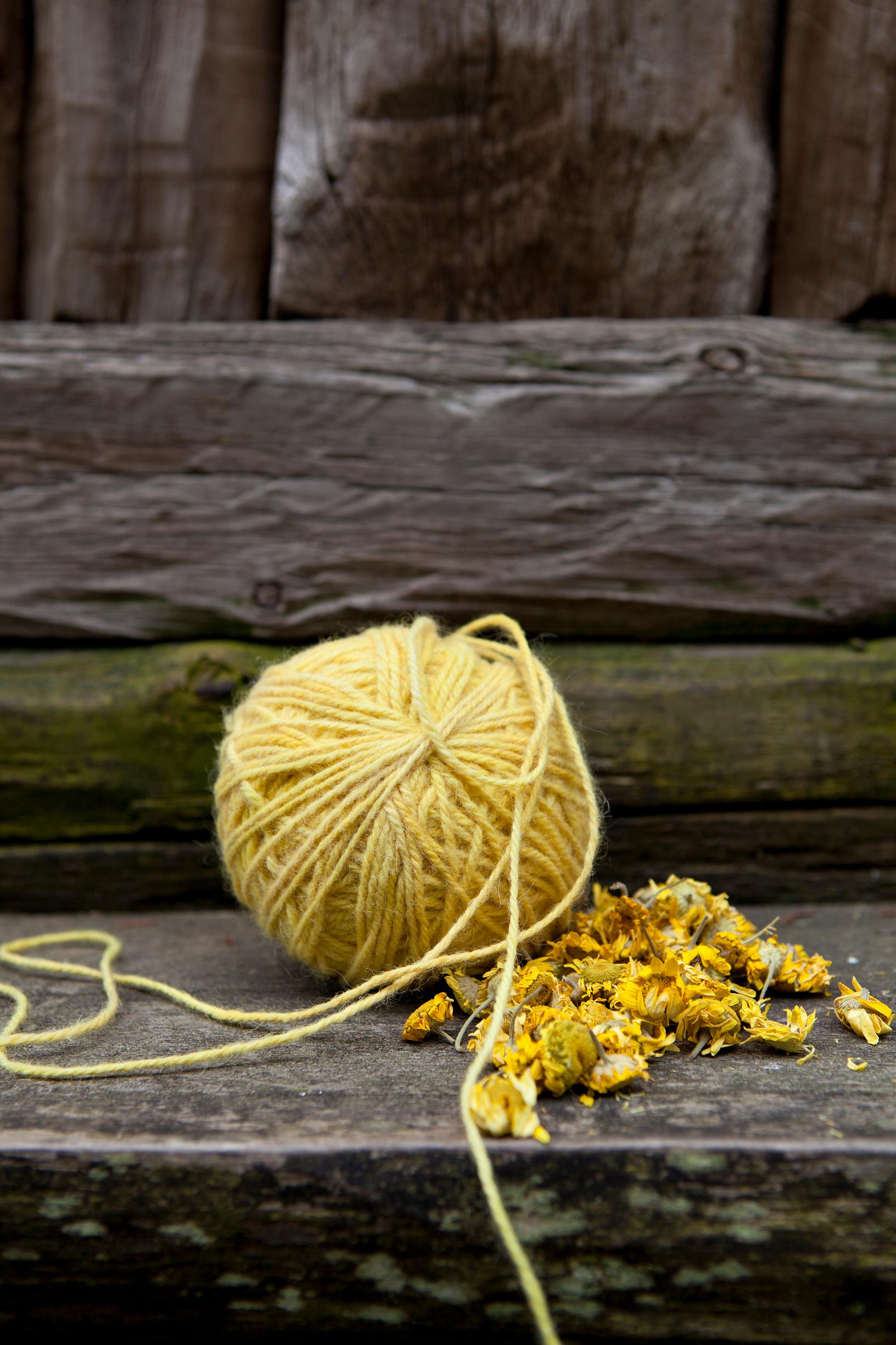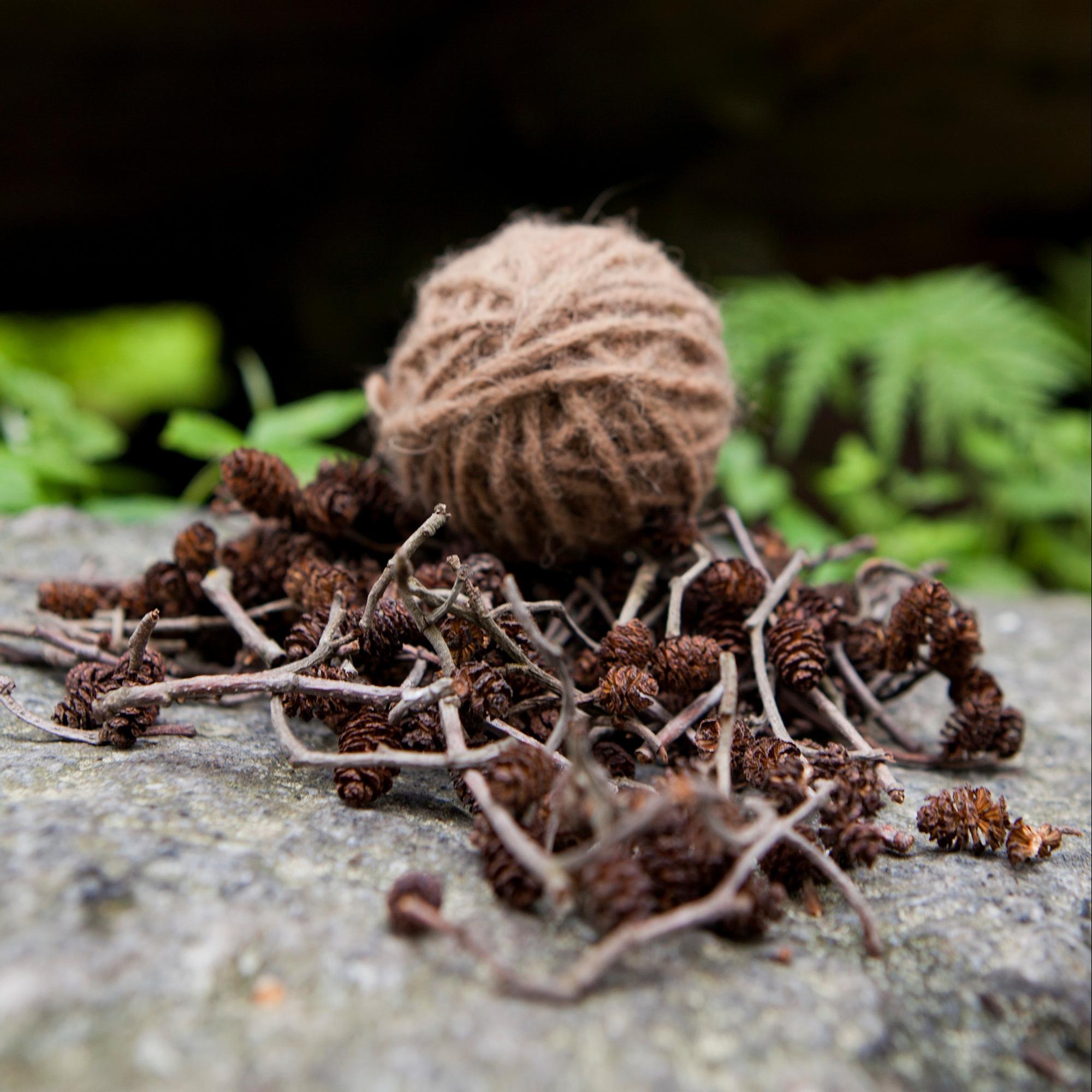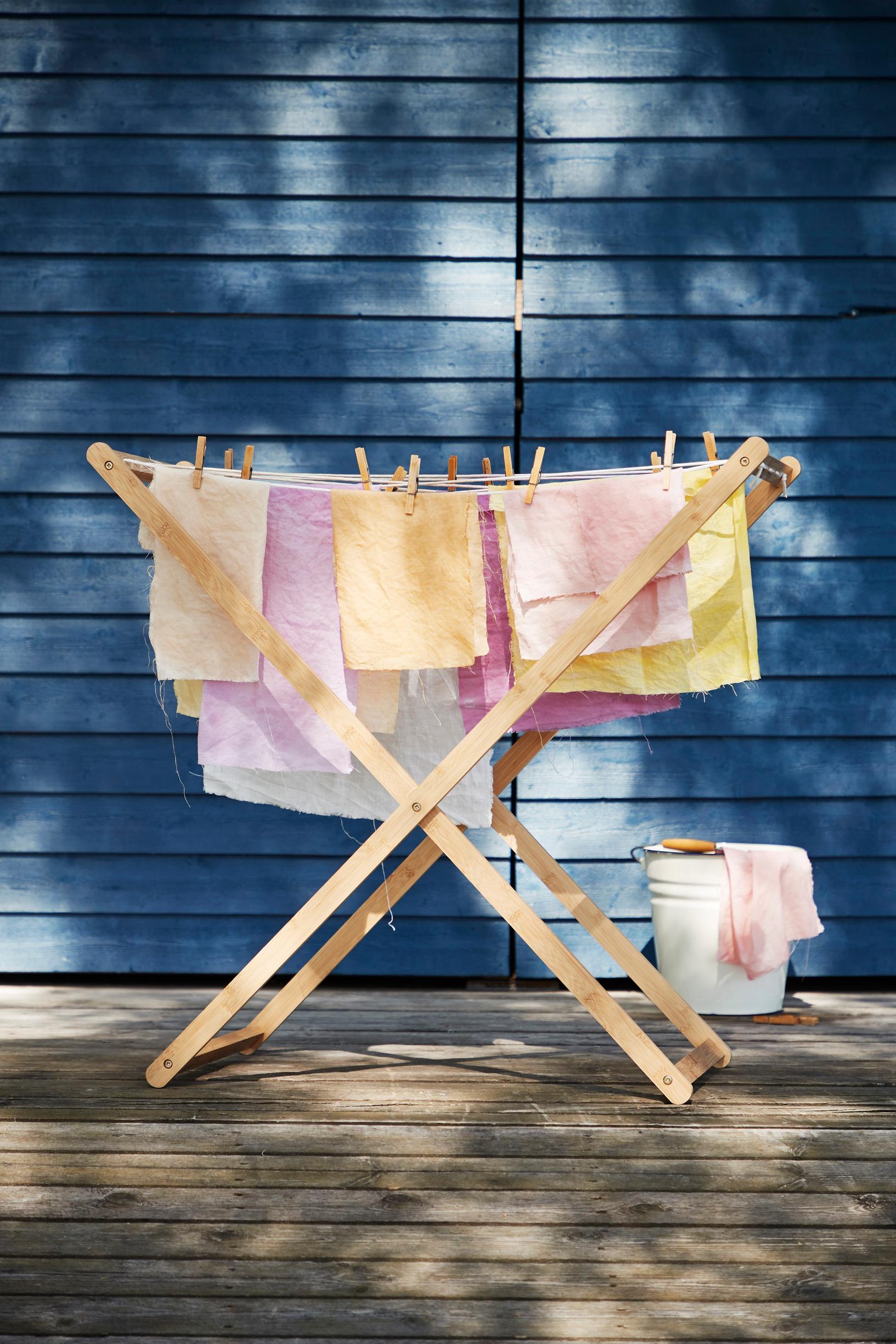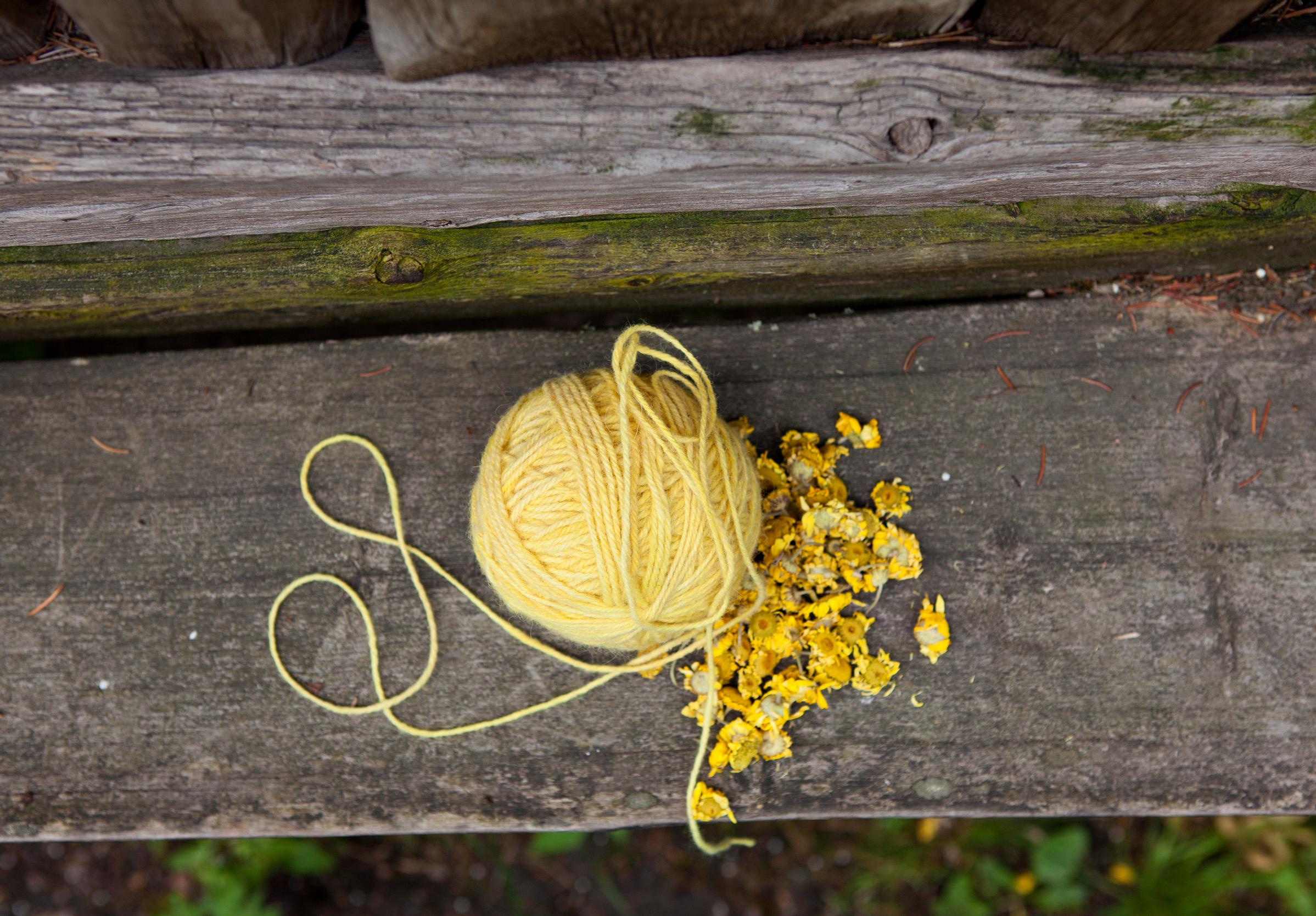
Dyeing with natural colors: how to get stunning shades from plants and mushrooms!
Nature is brimming with plants and mushrooms that deliver surprising and splendid dye results. Finnish Crafts Organization instructor Titta Eräniitty offers tips and instructions on dyeing with nature’s bounty.
Did you know you can obtain natural dyes from wild-growing plants and mushrooms?
In recent years, there has been much talk about the responsibility and environmental impact of textiles. Although not all industrial dyeing can be replaced with dyes found in nature, the Finnish Crafts Organization’s executive director Minna Hyytiäinen believes that learning about the dyeing process encourages people to think about their own consumption.
“A product you personally dye and make is special, and you want to take good care of something special. That alone affects how long we keep a product in use,” Hyytiäinen stated in a 2022 press release.
Finnish Crafts Organization instructor Titta Eräniitty has been dyeing with natural colors for decades. In her view, the element of surprise is what makes it so special.
“When dyeing with plants, the end result is always unexpected. The color you get depends on many things: the habitat, the time of year the plant was collected, whether it grew with sea or lake water, and so on.
According to Eräniitty, natural dyes hold up well, though their lightfastness is not quite as strong as industrial dyes. The wool tapestry she dyed has preserved its bright shades for 30 years. However, factors like washing can affect how long colors last.
We asked Titta Eräniitty about how to dye with plants and mushrooms.


What can you dye with natural colors?
Animal-based fibers, such as wool and silk, take dye best. You can also dye cotton, linen, and other natural fibers. You can try dyeing blends, but the synthetic fiber may not pick up the color, potentially resulting in a heathered look instead of a solid tone.
The material you dye can be in the form of yarn, felt, a shirt, or even a shag rug—almost anything.
Remember that you need the landowner’s permission to harvest live plants.
What natural materials can you use for dyeing?
Most tree and shrub leaves will produce some shade, typically a pale beige. If you want more striking results or variety, for example, these natural materials are good choices:
- Birch leaves: bright yellow
- Lupine: bluish (from the flowers of purple lupine) or yellowish green (from the stems and leaves)
- Alder cones: deep brown
- Tansy: green (stems), yellow (flowers)
- Yarrow: yellow or greenish yellow
- Blood-red webcap: red. NOTE! Be careful—a similar-looking mushroom called the poison webcap is poisonous.
Also try dyeing with kitchen staples. Onion skins are one of the best dye materials.


When should you gather plants?
Generally, the best time to pick plants is before midsummer, when they are fresh and the color is strongest. However, for plants whose tannin content rises later in the season, it’s better to collect them after that occurs. Willow bark, for instance, contains tannin, as do many other tree barks. You can also dry the plants for use later.
How much natural material do you need?
You need a quantity of fresh plant matter equal in weight to the material you plan to dye. If it’s dried plants or other dried dye matter, half the weight of the material is generally enough.


What else should someone trying natural colors know?
Most natural materials are safe to use, but especially when using mushrooms, be sure your dye area has good ventilation. Dye outside over a campfire or under a vent hood that leads directly outdoors. Even if plants or mushrooms are poisonous, only the color transfers to the material, not the toxins.
Most plant pigments are water-soluble, so you’ll need a fixative like alum. You can find alum in online yarn and craft shops or through artisans specializing in natural dyeing. If you wish, you can also use cream of tartar to help achieve a more even color.
Dyeing with natural colors – instructions:
Materials:
- plants or mushrooms
- item to be dyed: yarn, fabric, clothing, etc.
- alum, 10% of the weight of the material being dyed
- a large pot
- a thermometer
- a kitchen scale
- a stick for moving and lifting the material being dyed.
The material must be mordanted, or pretreated, before the actual dyeing. Mordanting helps the color bind.
Mordanting
- Mix 5 liters (1.3 gallons) of lukewarm water and 10 grams (0.35 oz) alum in a pot.
- Soak the material to be dyed and then place it in the alum solution. Slowly raise the temperature to about 80 degrees Celsius (176°F) and keep it there for about an hour.
The mordant alum remains in the material, so you can mordant a large batch even if you plan to dye in smaller portions. You can also re-dye material that has already been mordanted and dyed, without adding more alum.
Actual dyeing with natural colors
- If you’re using woody materials like bark or cones, soak them for at least a day beforehand. This softens the material so it can release more color.
- Boil the plants or mushrooms for about an hour, or woody materials for about two hours, keeping them at a boil the entire time. Strain the solids out of the liquid. Let the liquid cool a bit, because drastic temperature changes can felt wool.
- Heat the dye bath to about 80 degrees Celsius (176°F). Immerse the material for around an hour so the color sets.
- Lift the material out to dry.
- If the dye bath still looks strong, you can use a second batch for a slightly paler version of the same color.


